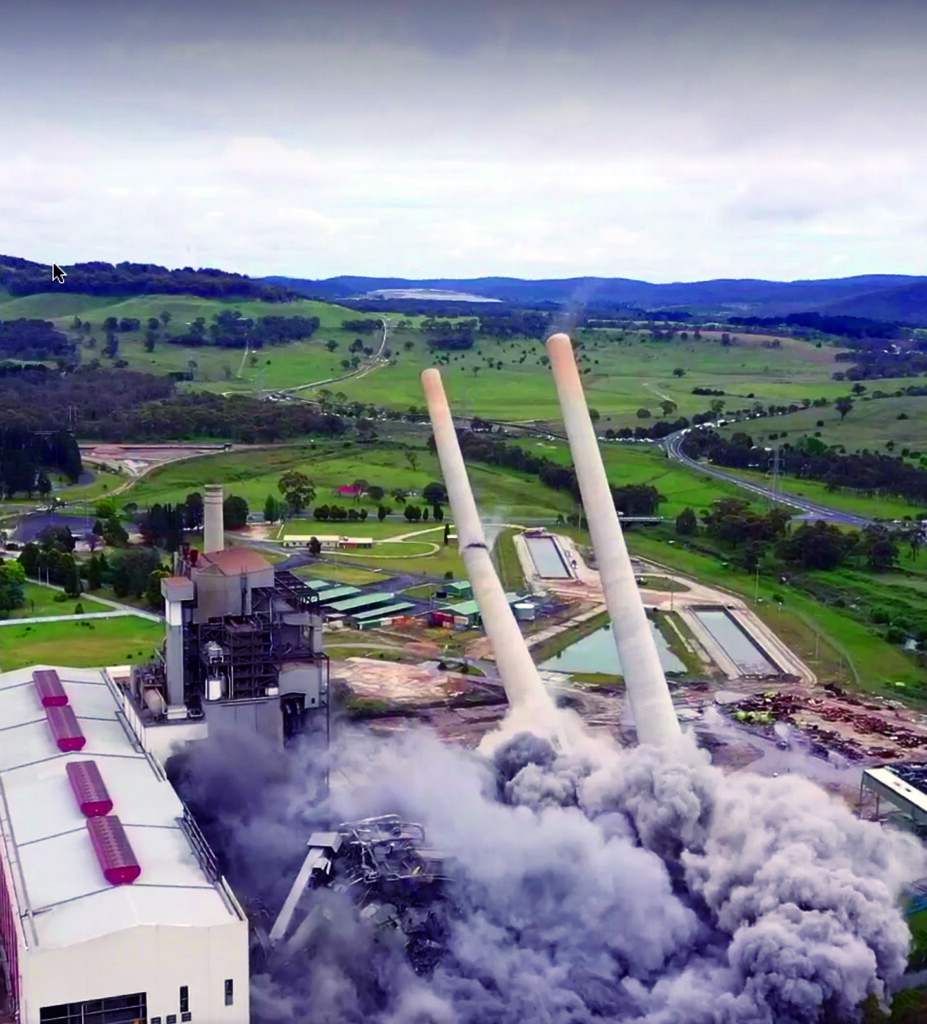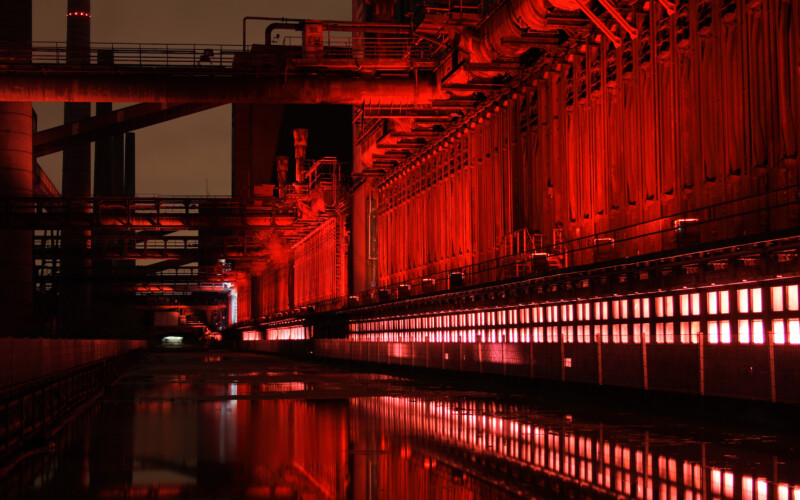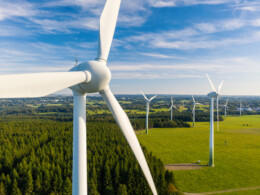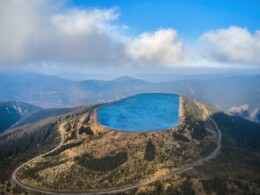As Australia navigates its energy transition, the experiences of other coal-dependent regions provide a wealth of insight.
By incorporating economic diversification strategies, these regions have not only embraced renewable energy but also revitalised their local economies through industries like tourism, arts, and advanced manufacturing. This article examines the transformations of Germany’s Ruhr Valley, Spain’s coal phase-out, and South Australia’s renewable revolution, highlighting how these regions leveraged alternative industries to support their transitions.
Germany’s Ruhr Valley, once a powerhouse of coal and steel, exemplifies how an industrial region can reinvent itself.
At its peak in the 1950s, over 500,000 people worked in the coal sector, but as mining declined, the region faced an economic and social crisis. The solution lay in diversifying its economy.
For example, the Zollverein Coal Mine in Essen, a former coal facility, was transformed into a UNESCO World Heritage site and cultural centre. Today, it hosts museums, galleries, and events, attracting over 1.5 million visitors annually and generating significant revenue for the local economy. Additionally, the Ruhr region invested in education and research, establishing institutions like the Ruhr University Bochum, which fosters innovation in fields such as advanced manufacturing and green technology. These initiatives not only provided new job opportunities but also reshaped the region’s identity from an industrial hub to a centre of culture, tourism, and technological advancement.
Spain’s coal phase-out offers another compelling example of how diversified investments can ease the socio-economic impact of a rapid energy transition. In 2018, Spain closed most of its coal mines, but it paired this decision with a €250 million package to support affected communities. Part of this funding was directed towards promoting tourism and sustainable development in former mining areas. In Asturias, a region once heavily reliant on coal, old mining towns like Langreo have been revitalised through eco-tourism initiatives, hiking trails, and cultural heritage projects. These efforts have drawn visitors to the region and created new employment opportunities. Spain also encouraged the growth of renewable energy manufacturing, with regions like Aragón becoming hubs for wind turbine production, leveraging their industrial expertise and geographic advantages to create a new economic base.
South Australia’s transition from coal to renewables further highlights the role of alternative industries in a successful transformation. After the state’s last coal-fired power station closed in 2016, investments in wind and solar energy helped drive economic growth.
At the same time, South Australia embraced tourism and the arts to diversify its economy. Adelaide, for instance, has become known for its vibrant arts scene, hosting globally renowned events such as the Adelaide Festival and WOMADelaide. These festivals contribute hundreds of millions of dollars to the local economy each year and provide a growing source of employment. The state also capitalised on its agricultural strengths, developing a strong export market for premium wine and food products, which have become synonymous with the region’s brand.
Across all three regions, manufacturing has played a significant role in the transition. In Germany, the Ruhr Valley shifted its industrial focus towards producing renewable energy components, such as wind turbines and solar panels. Similarly, Spain used its industrial expertise to support the growth of renewable energy manufacturing, creating jobs in high-value sectors. South Australia has embraced advanced manufacturing as well, including the development of batteries and other energy storage technologies. These efforts demonstrate that manufacturing can serve as both a bridge from traditional industries and a foundation for future economic growth.

The lessons from these transitions are clear. Long-term planning is essential, as evidenced by the Ruhr Valley’s multi-decade shift from coal to a diversified economy. Economic diversification is crucial, with tourism, arts, and manufacturing providing new employment opportunities and revitalising communities. Collaboration between governments, businesses, and communities ensures that transitions are inclusive, addressing the needs of those most affected. Finally, targeted investment in alternative industries, coupled with clear policy frameworks, provides the stability and resources needed to foster growth.
For Australia, these examples underscore the importance of looking beyond energy generation. Coal-dependent regions such as Lithgow can explore opportunities in eco-tourism, leveraging their natural landscapes and industrial heritage. Investments in cultural projects, like festivals and museums, can foster community identity and attract visitors. Advanced manufacturing, particularly for renewable energy components, offers a pathway to retain and repurpose industrial expertise.
By drawing on the experiences of the Ruhr Valley, Spain, and South Australia, Australia can shape a transition that not only addresses energy needs but also lays the groundwork for vibrant, resilient regional economies. These global examples prove that a well-planned transition can create new opportunities, ensuring that no community is left behind in the journey toward a renewable future.
Pictured top: Coking plant Zollverein at night with red illumination
Photo from shutterstock.com/nohab
Pictured: the demolition of chimney stacks at Greenspot in Wallerawang paves the way for future industry and development.









